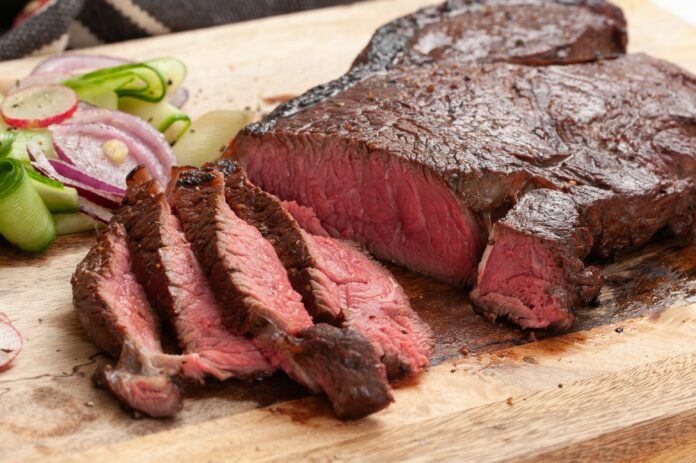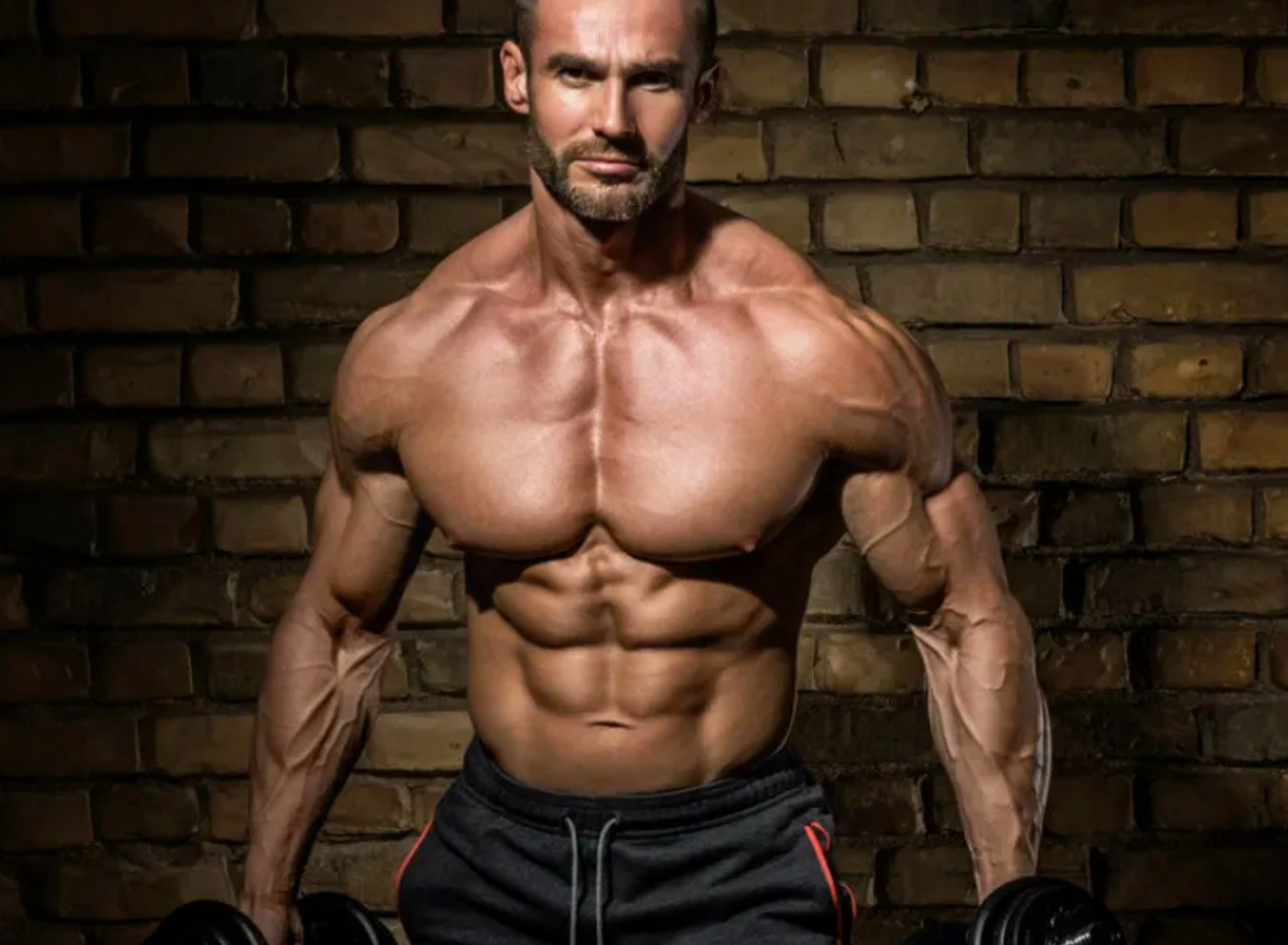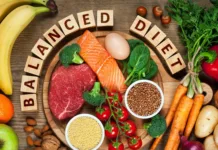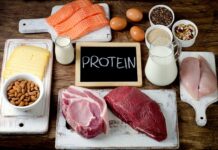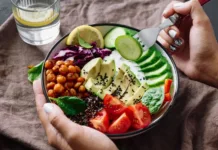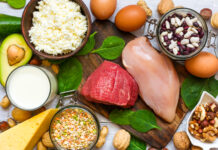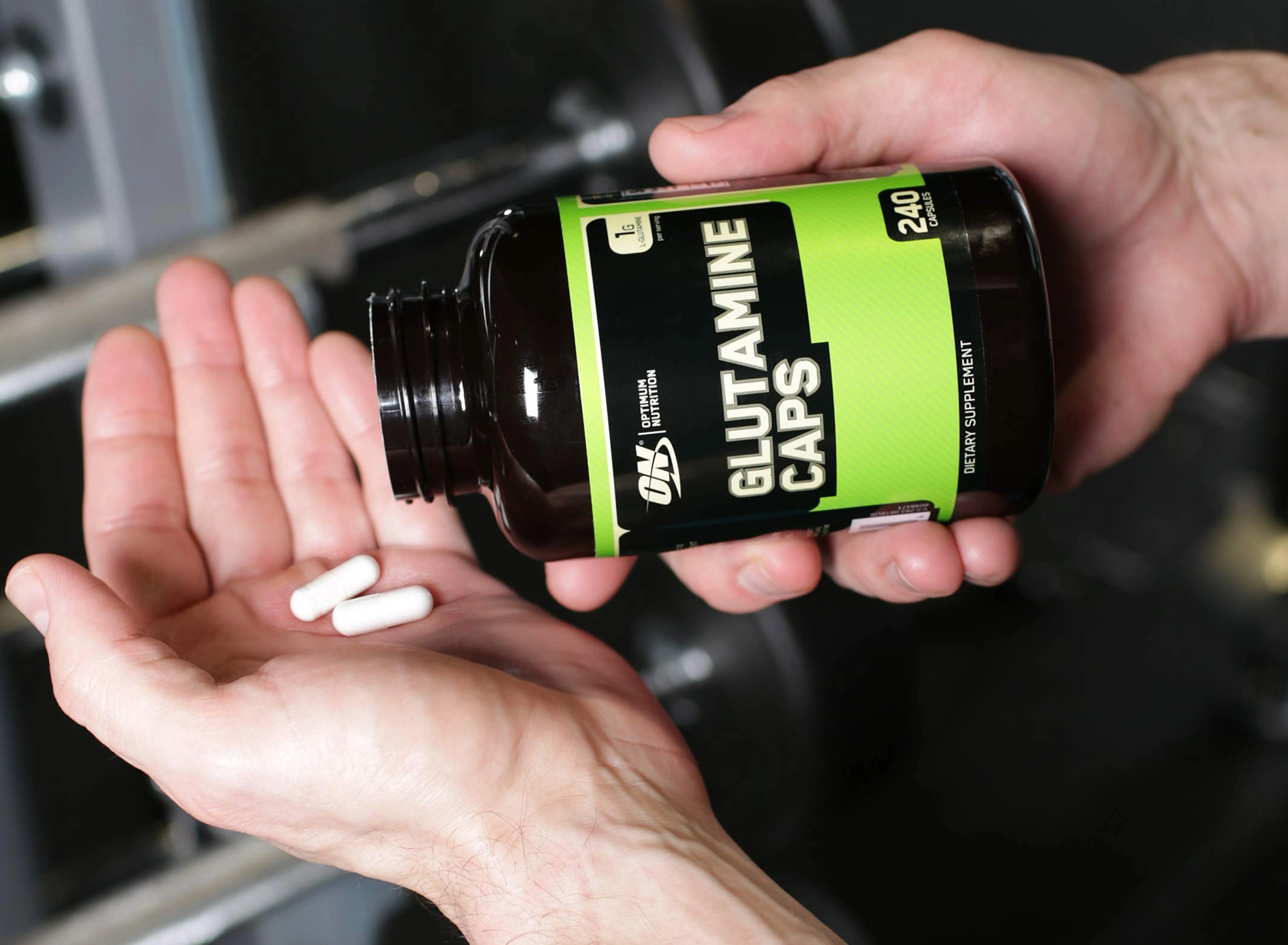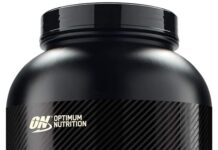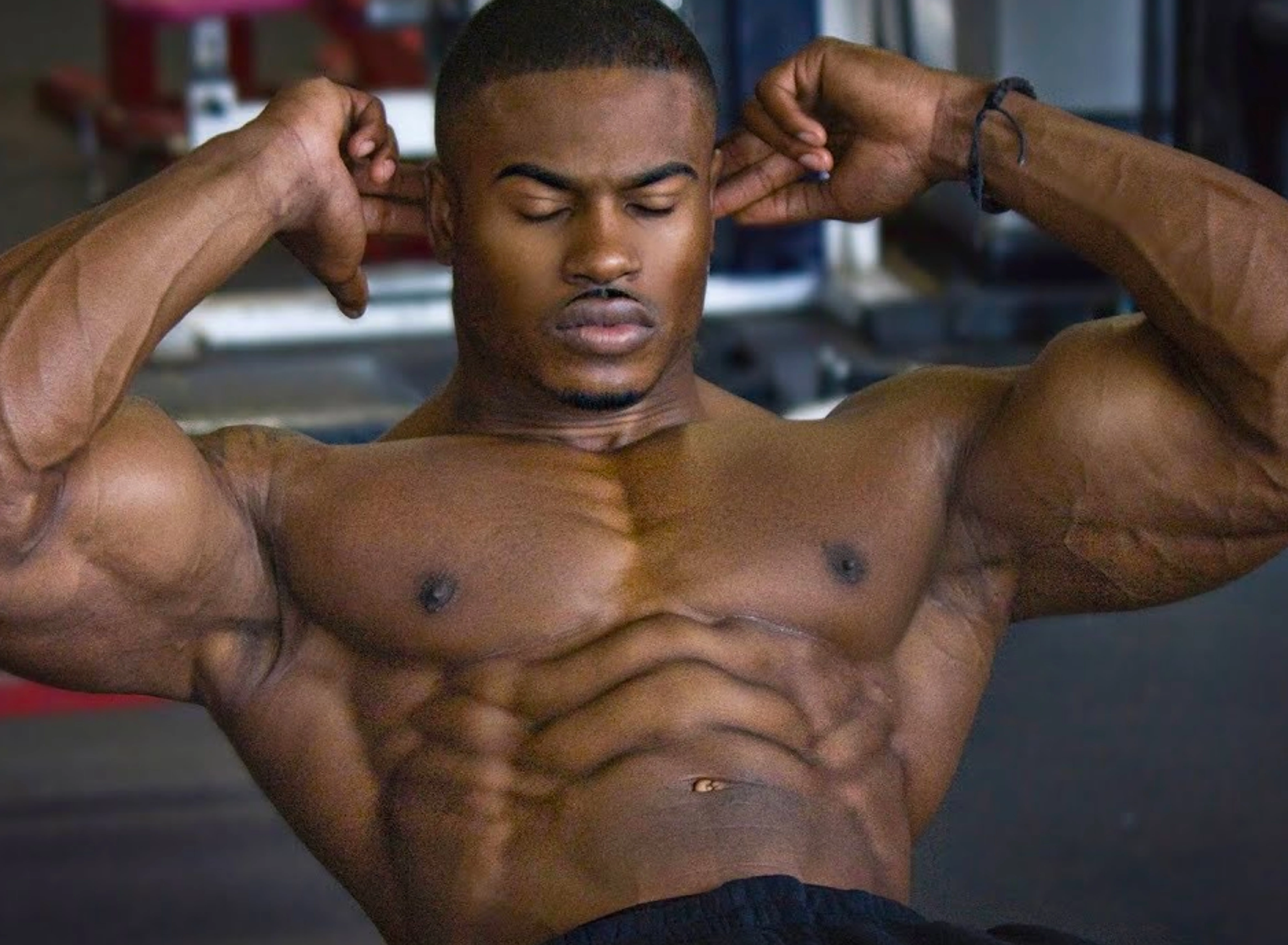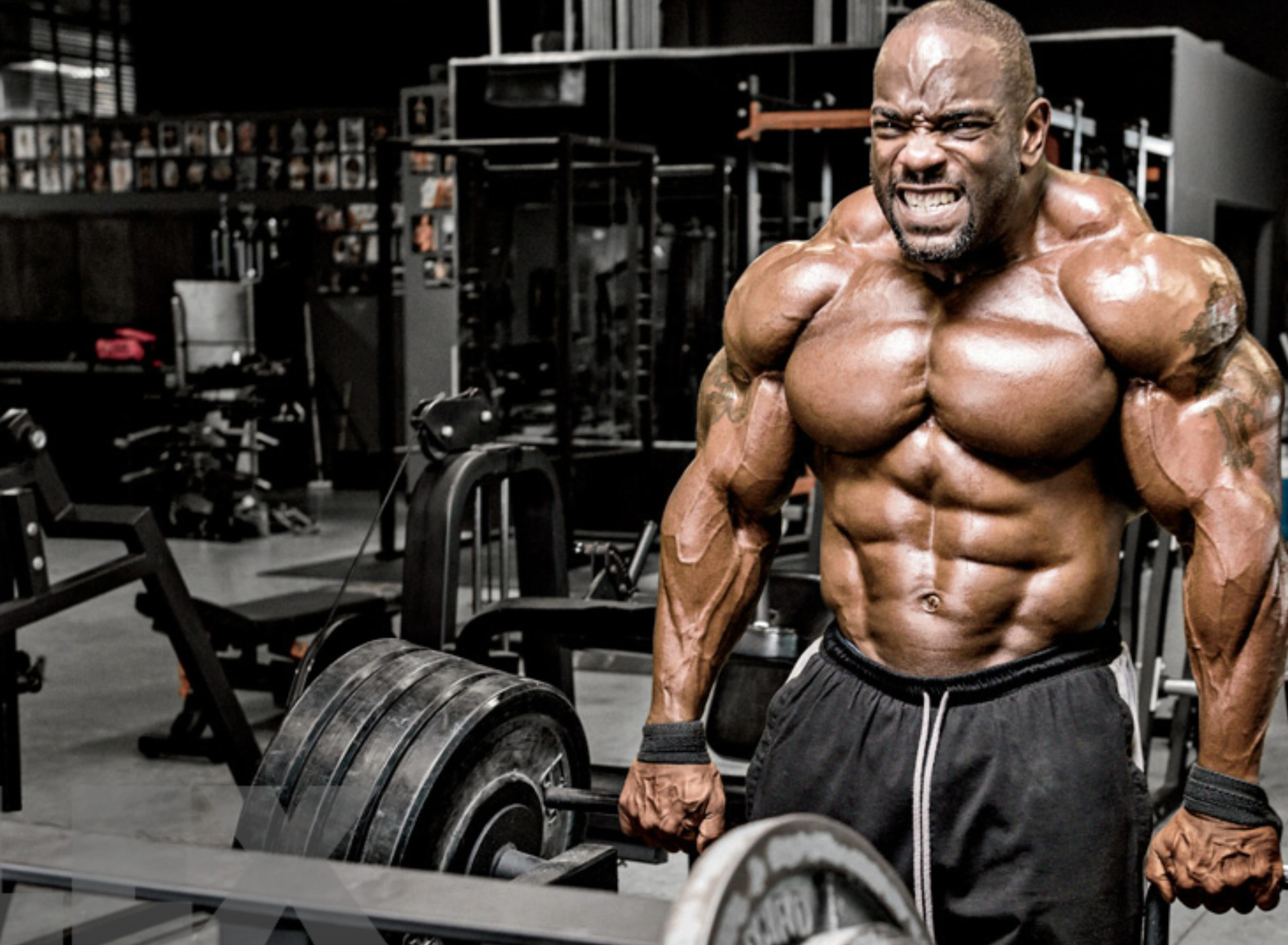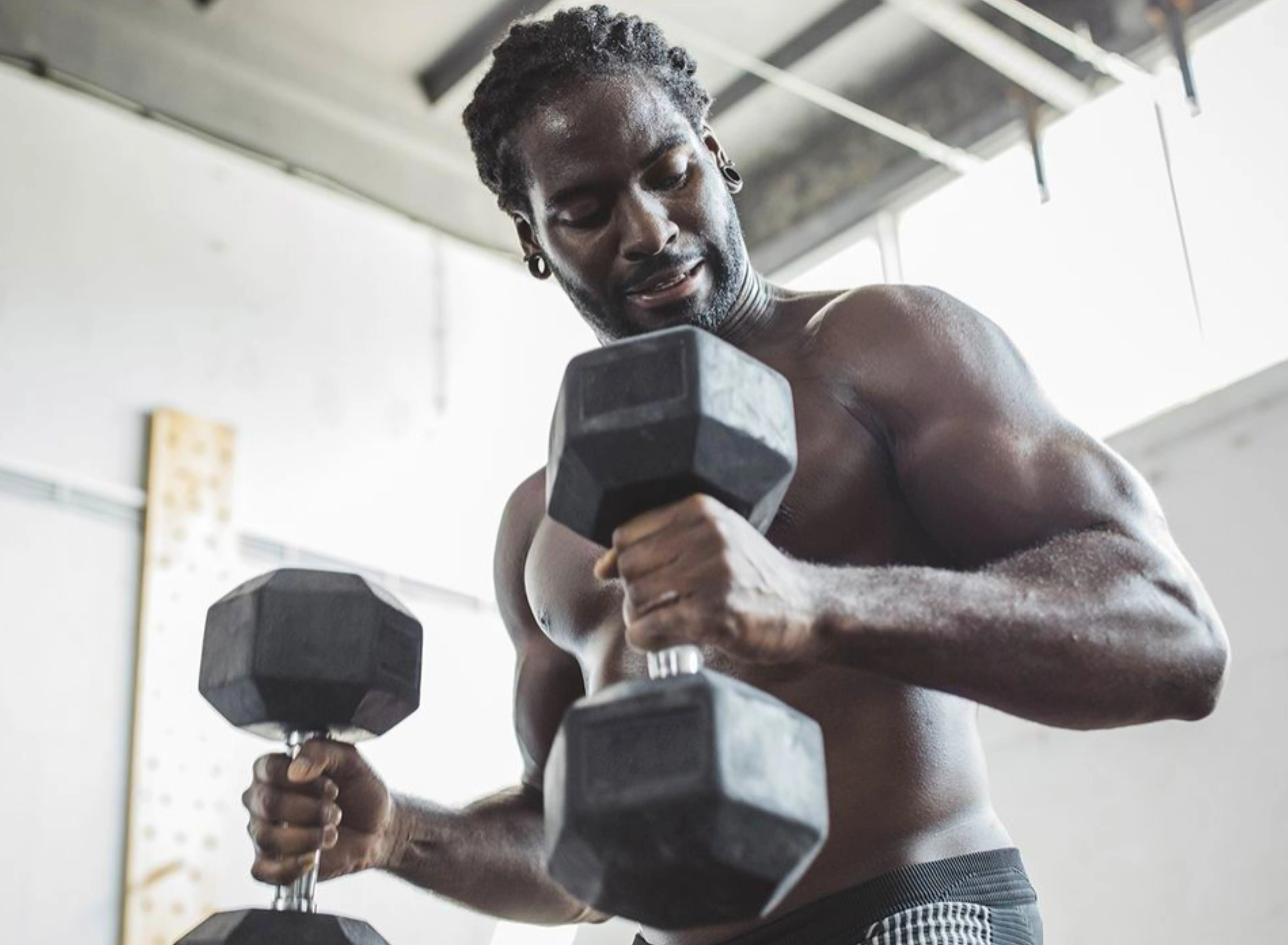Protein is a key component to our diet, responsible for so many important functions in our body. “Protein is broken down into amino acids, the building blocks of healthy tissue, including muscle, skin, and connective tissue, and it’s important for wound healing (collagen) and lean body mass (muscle),” says Laura Burdick, RD, LD, who works at Mt. Carmel Health System in Columbus, Ohio. “Additionally, protein is required for almost all of the metabolic processes in the body including digestion, heart, and lung function, and nervous system function.” Protein is so important to everything we do.
Protein is an important macronutrient for people of all ages, but the amount of protein you need depends on your age, health, and activity levels. “The National Academy of Medicine released a recommendation that adults should get a minimum of 0.8 grams/kg of body weight—or just over 7 grams of protein for every 20 pounds of body weight,” says Maya Feller, MS, RD, CDN, and owner of Maya Feller Nutrition and adjunct professor at NYU. “Protein recommendations do increase as we age due to decreases in lean body mass and impaired utilization of protein in the body.”
For adults 65 and over, an intake of 1 to 1.2 grams/kg of body weight can help offset age-related protein deficiencies. Life stages like pregnancy and lactation, and bodybuilders or endurance athletes, may require more protein. “Conversely, for individuals with kidney or liver dysfunction, a restricted protein intake may be recommended by a physician or health care professional,” Burdick says.
The good news is that protein is found in so many great and versatile foods that it’s easy to incorporate into your diet, whether or not you eat meat. The best proteins out there are those with high bioavailability. “Bioavailability of protein refers to how well your body is able to absorb and use the amino acids from that protein,” Feller says.
These are sometimes called “complete” or “whole” proteins because they provide for all 9 amino acids. Incomplete proteins aren’t bad—they just usually require adding in more of a variety of choices. Many ancient grains are high in protein, but incomplete proteins. Adding them to your diet can still be beneficial, though.
To get the most of your protein consumption, Feller recommends pairing with acidic food. “Proteins are broken down by hydrochloric acid and enzymes in the stomach. Consuming acidic foods such as vinegar or orange juice may help to enhance protein absorption,” says Feller.
With all of this in mind, here are some of the best, healthiest, highest-protein foods to eat—including high-protein meat and plant-based options.
Top Foods That Are High in Protein
Related Items
1. Meat
“Generally, animal-based proteins are more bioavailable in comparison to plant-based sources of protein,” Feller says. Beef and chicken tend to be on the higher end of protein, while other poultry and fish are also great protein sources. “Animal sources also contain key nutrients including zinc, B vitamins, vitamin D, omega-3 fats, and iron,” Burdick adds.
That said, you’ll want to watch your intake. Although beef may have the highest amount of protein, it also tends to have a lot of saturated fat, which can be linked to high cholesterol and cardiovascular disease, as well as contribute to inflammation. If you’re a meat-eater, enjoy red meat and other animal protein sources in moderation, and supplement with other plant-based protein sources.
RELATED: These Are the 6 Healthiest Types of Seafood
2. Eggs, Milk, and Yogurt
Eggs, milk, and other dairy products (like cheese) are a great source of protein as well. One cup of Greek yogurt can contain as much as 23 grams of protein, making it an excellent source. Eggs average around 6 grams of protein each and are also a great choice, in moderation. Like meat, you’ll want to watch your consumption; dairy products carry a lot of healthy benefits, but they too can be linked to high cholesterol.
3. Edamame
Edamame tops the list for plant protein, and these young soybeans are fun to eat. Just a half cup of edamame has 8 grams of protein. Although it’s a bean, it’s a soybean, so it’s often lumped into a different category. Soybeans are a whole protein source.
4. Tofu
“Three ounces of tofu will get you around 12 grams of protein,” says Burdick. Tofu is another great source of complete protein making it a fueling addition to all diets, especially those following a vegan diet.
RELATED: This Is the Secret to Cooking Perfectly Crispy Tofu Every Time
5. Nuts
Nuts have a ton of health benefits, and one of them is their high protein content. Peanuts (OK, these are technically legumes!) have the highest amount of protein, and almonds and pistachios are excellent picks as well (these are the healthiest types of nuts, by the way). Nut butters are another smart way to pack a protein punch—look for all-natural versions with no added sugars. Hemp seeds or hemp hearts (technically a nut) also boast a high amount of protein.
6. Chia Seeds
Chia seeds are a complete protein that boasts 4 grams per 2 tablespoons, and they’re easy to add to your diet. Mix chia seeds into your smoothies, overnight oats, and chia pudding. You can even add some of these dark, tiny seeds into your salad dressings or mix into veggie burgers, granola, and baked goods.
7. Quinoa
Quinoa is rare in that it’s a grain that’s also a complete protein. (Amaranth and buckwheat are other super choices that fall into this category.) Quinoa has about 8 grams of protein per cup. It’s also high in fiber, making it a well-rounded, hearty addition to your whole grain rotation.
8. Legumes
Legumes such as beans are an overall healthy food choice because they also contain fiber (which meat products do not), which will keep you full and satisfied for longer. That’s why legumes—like chickpeas, lentils, beans, green peas—are a great, protein-fueled pick in a plant-based diet. Although not all types of legumes contain that full bioavailability, it’s easy to get a variety by pairing them with other legumes or other high-protein foods. Beans generally contain around 20 grams of protein per cup, and lentils contain around 13 grams of protein per cup. Chickpeas are another solid source of legume protein and super versatile to cook with and eat (hello, hummus!).
RELATED: You’ll Never Miss Meat With These Delicious Plant-Based Protein Options
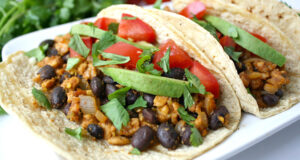
For More News And Daily Updates, Follow IFBNewsfeed.Org on Facebook, Twitter, and Instagram. Comment, Like, And Share With Everyone Who May Need To Be Updated With The Most Recent Fitness/Bodybuilding/Powerlifting And CrossFit News.
